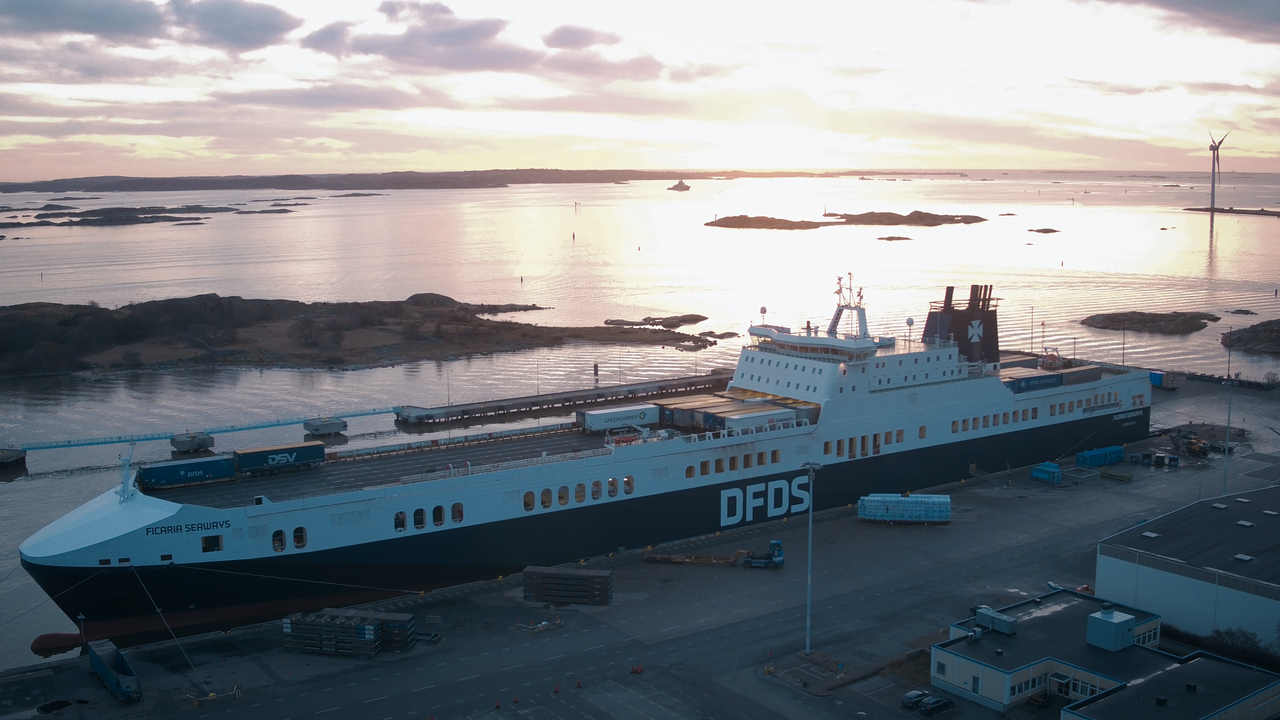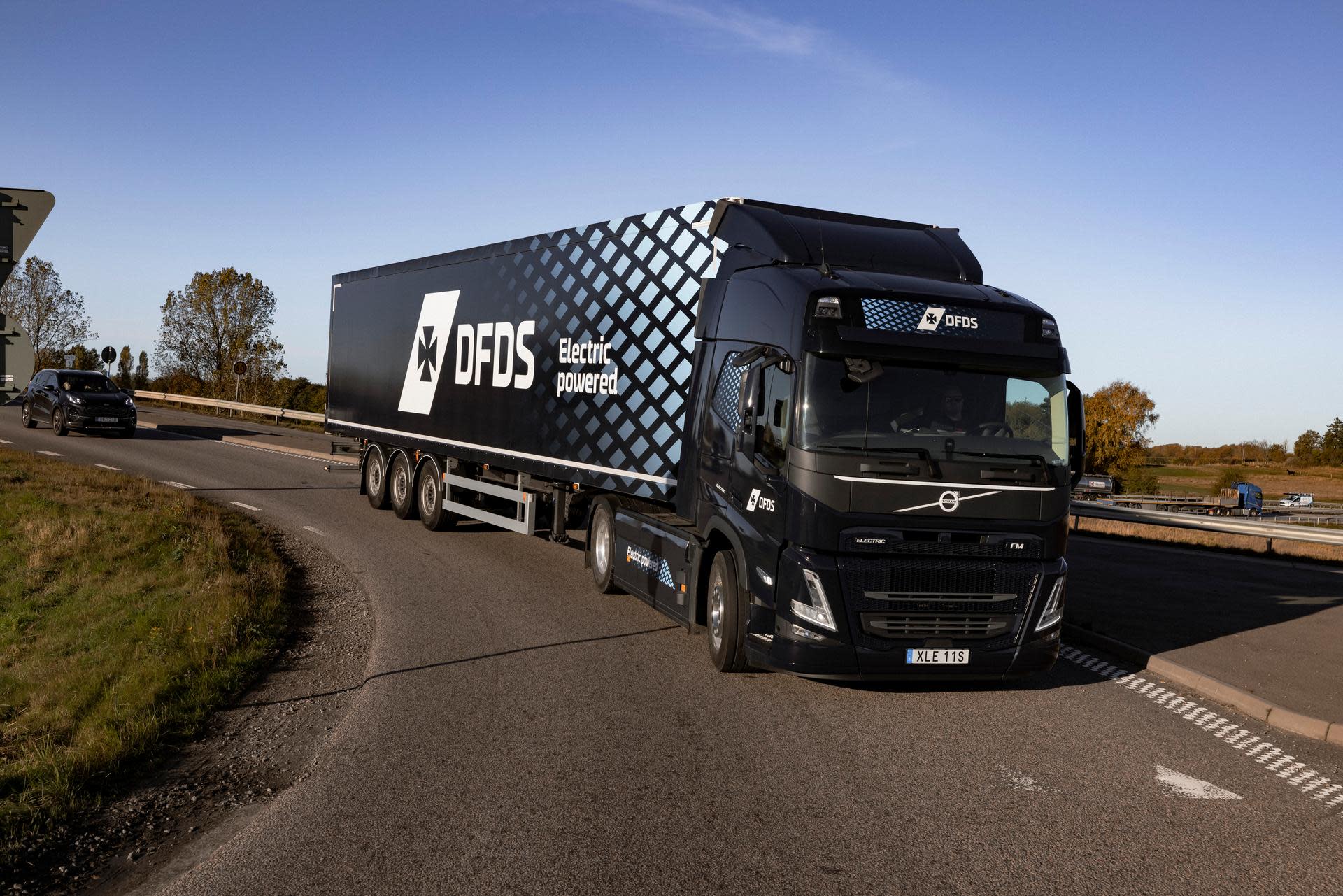
Getting our house in order

A small percentage of our total emissions are not related to commercial activity
Most of our emissions come from our vessels, trucks and land equipment. The remaining percentage comes from our own office buildings, company cars and from food waste.
By getting our house in order, we mean looking at sustainability in a broader sense. We need to take everything into account - the entire circle of procurement, production, use, and waste. We are dissecting all our everyday activities that have nothing to do with ship or truck fuel to see how we can do things smarter and better here as well.

Locally driven initiatives
DFDS’ overall environmental performance is the sum of the environmental efforts of all our locations. In each location initiatives aim to reduce waste and use of electricity and at the same time increase share of renewables, electric vehicles, and recycling.

Testing small to possibly apply on a grander scale later
By looking at all the smaller components of our carbon footprint we get to be creative, experiment and try new things. Maybe a new waste management system tested in one location proves to be so fruitful that the rest of us can benefit from it, too? Perhaps we could use methanol additives in our truck fuel to make diesel last longer – and if that works, perhaps we can also use it on our vessels?
In general, we are trying to make our business more electric and less fuel-driven, and all these smaller initiatives are a great way of testing what works and what doesn’t, in a true team effort.

Decarbonisation at sea
Decarbonisation at sea is challenging. Short term, we focus heavily on efficiency –doing more with less fuel. But long term, to meet our net-zero goal, we will introduce new fuels and new technologies for the vessels of tomorrow.

Decarbonisation on land
Technologies for decarbonising on land are increasingly mature, and the combination of efficiency and electrification is at the core of our strategy on land.

Decarbonisation FAQs
Do you have questions about our decarbonisation strategy or how we measure results? Find the most frequently asked questions and answers here.
